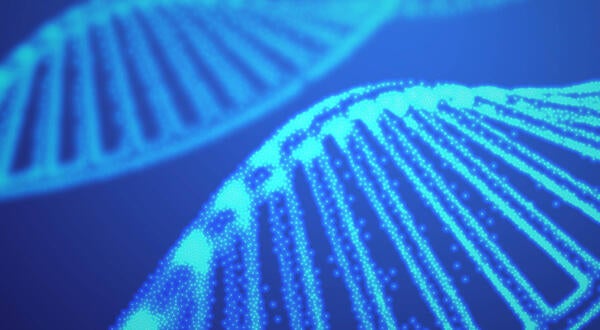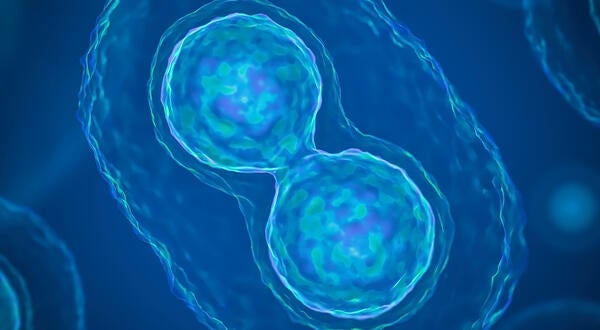CNAS Science News
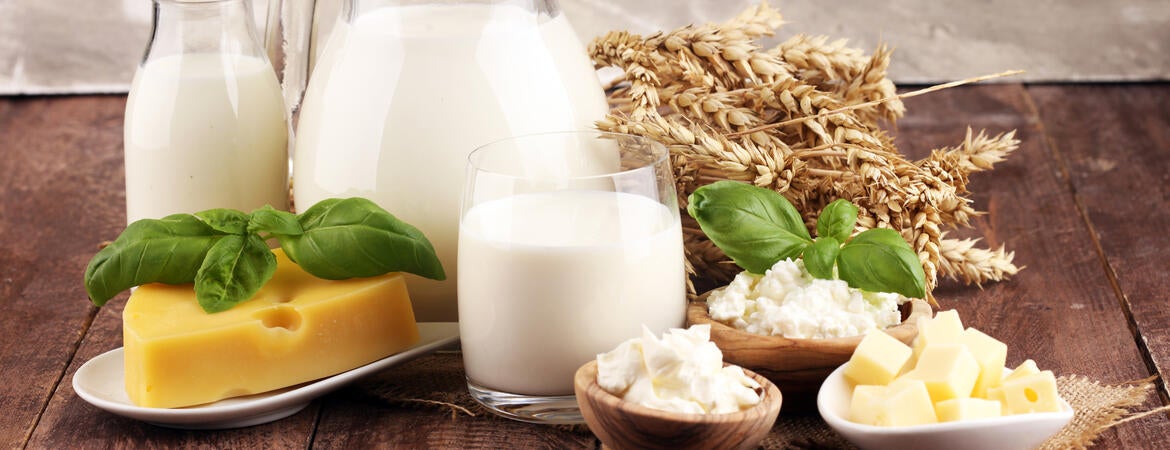
January 08, 2026
A high-protein diet can defeat cholera infection
Cholera, a severe bacterial infection that causes diarrhea and kills if untreated, can be defeated with a diet high in protein, according to a new study from UC Riverside.
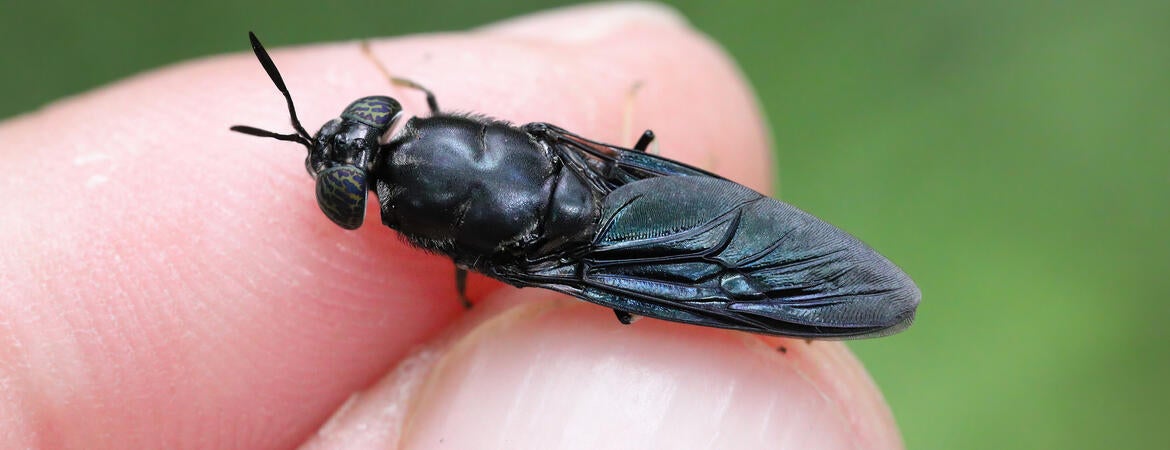
December 23, 2025
A DIY, fly-powered fix for food scraps
A small-scale solution to food waste transforms scraps into high-protein animal feed and fertilizer using black soldier flies.
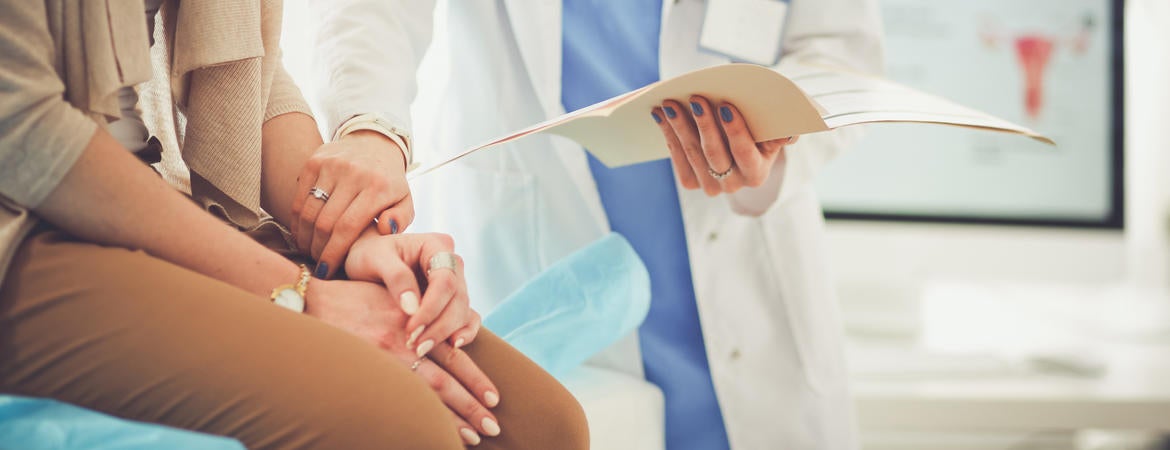
December 12, 2025
FDA drug trials exclude a widening slice of Americans
A UCR study finds just 6% of clinical trials used to approve new drugs in the U.S. reflect the country’s racial and ethnic makeup, with an increasing trend of trials underrepresenting Black and Hispanic individuals.
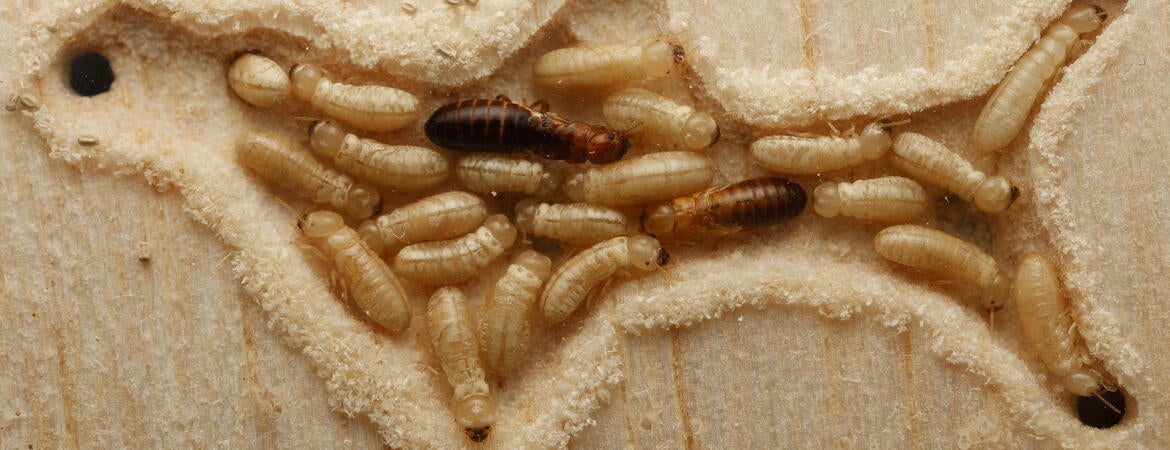
December 10, 2025
Fecal tests reveal active termite attacks
By testing for microbes in termite excrement, researchers can distinguish old droppings from fresh, and whether a colony is actively chewing its way through a home.
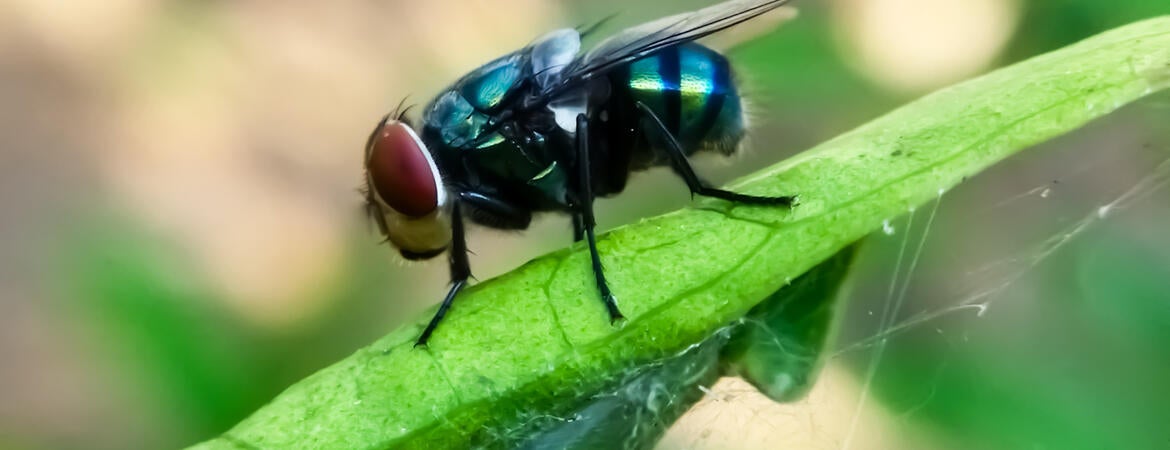
December 04, 2025
Preempting a flesh-eating fly’s return to California
University of California Riverside researchers are launching a preemptive strike against the threatened return of the flesh-eating New World screwworm, a threat to livestock.
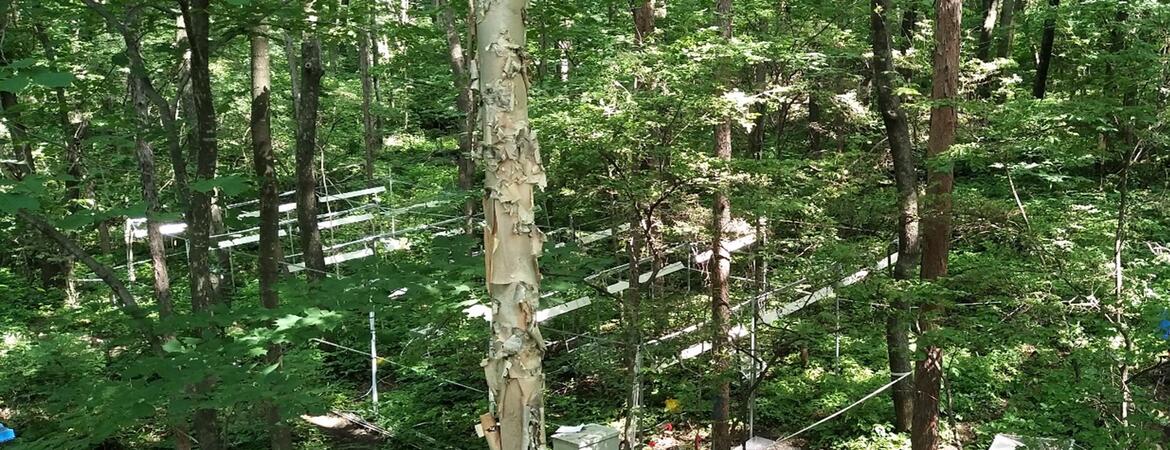
December 02, 2025
Heat and drought change what forests breathe out
After six years of UC Riverside-led research in a temperate Chinese forest, researchers have found that warming may be reducing nitrogen emissions, at least in places where rainfall is scarce.
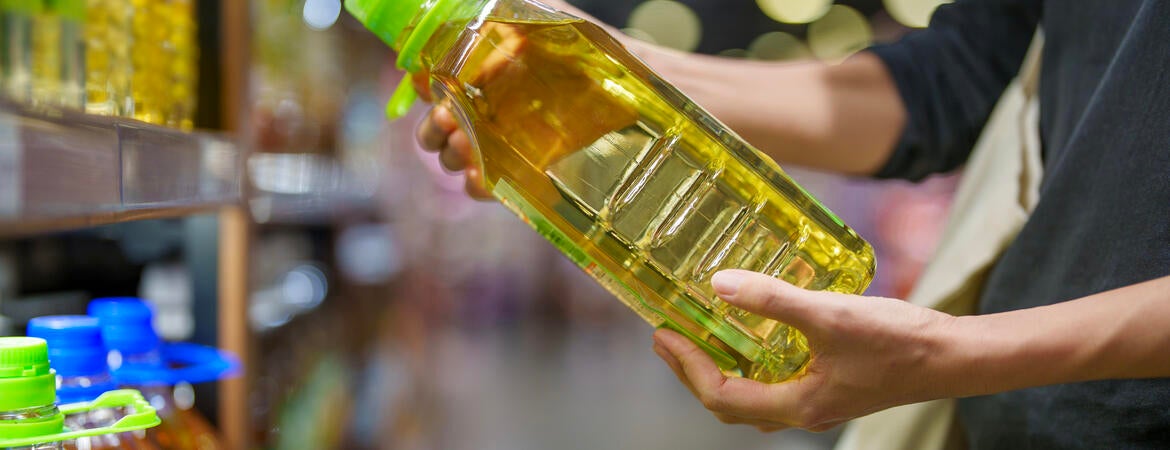
November 26, 2025
Study links America’s favorite cooking oil to obesity
Soybean oil, the most widely consumed cooking oil in the United States, contributes to obesity in mice, through a mechanism scientists are finally beginning to understand.
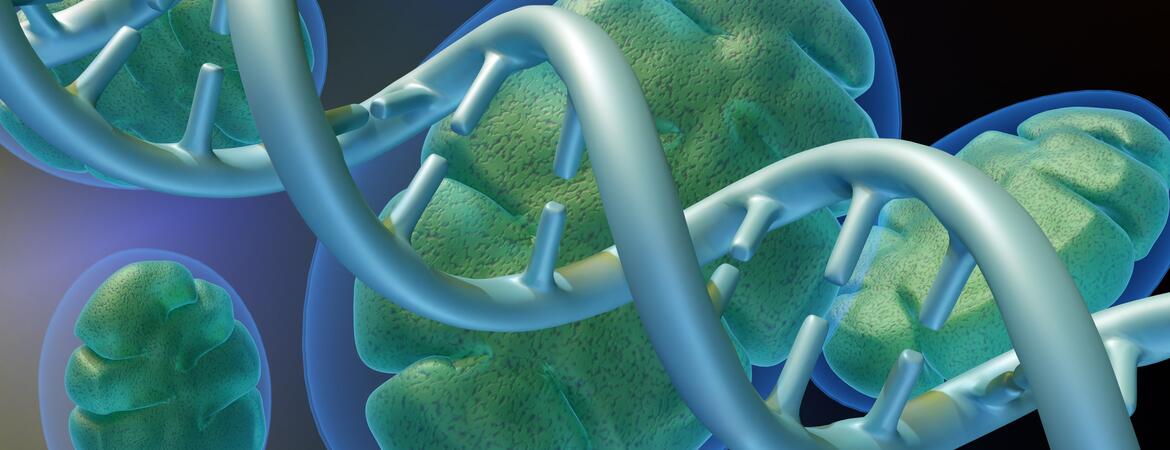
November 19, 2025
New type of DNA damage found in our cells’ powerhouses
A previously unknown type of DNA damage in the mitochondria, the tiny power plants inside our cells, could shed light on how our bodies sense and respond to stress. The findings of the UC Riverside-led study are published today in the Proceedings of the National Academy of Sciences and have potential implications for a range of mitochondrial dysfunction-associated diseases, including cancer and diabetes.

